Oregon Scientific WMR 968 Manual
Oregon Scientific
Vejrstation
WMR 968
| Mærke: | Oregon Scientific |
| Kategori: | Vejrstation |
| Model: | WMR 968 |
Har du brug for hjælp?
Hvis du har brug for hjælp til Oregon Scientific WMR 968 stil et spørgsmål nedenfor, og andre brugere vil svare dig
Vejrstation Oregon Scientific Manualer

12 Januar 2025

11 Januar 2025

31 December 2025

31 December 2025

31 December 2025

31 December 2025

31 December 2025

14 December 2024

2 September 2024

1 September 2024
Vejrstation Manualer
- Lowrance
- Chacon
- Marquant
- TechniSat
- Nasa
- Biltema
- EQ-3
- Technoline
- Sencor
- Muse
- ChiliTec
- Tanita
- SOENS
- Unitec
- Steinberg
Nyeste Vejrstation Manualer
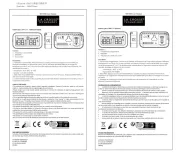
30 September 2025
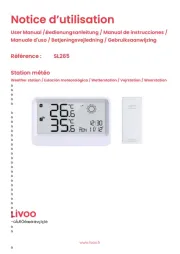
23 September 2025
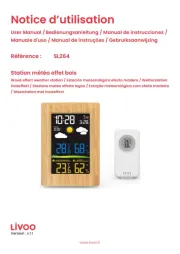
23 September 2025
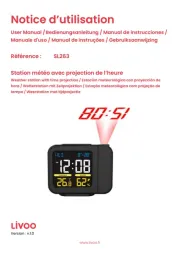
23 September 2025
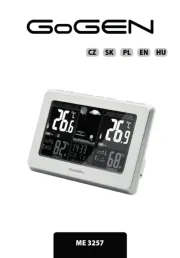
21 September 2025

15 September 2025

15 September 2025
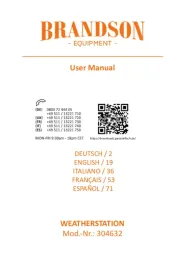
15 September 2025
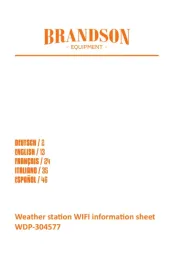
14 September 2025
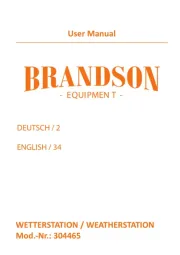
14 September 2025

